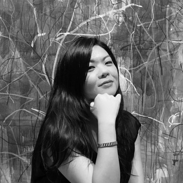Books
7 Magical, Surreal, and Beguiling Books for Art Lovers to Crack Open This Holiday Season
Our writers and editors select their picks from recently published criticism, biographies, and graphic novels.
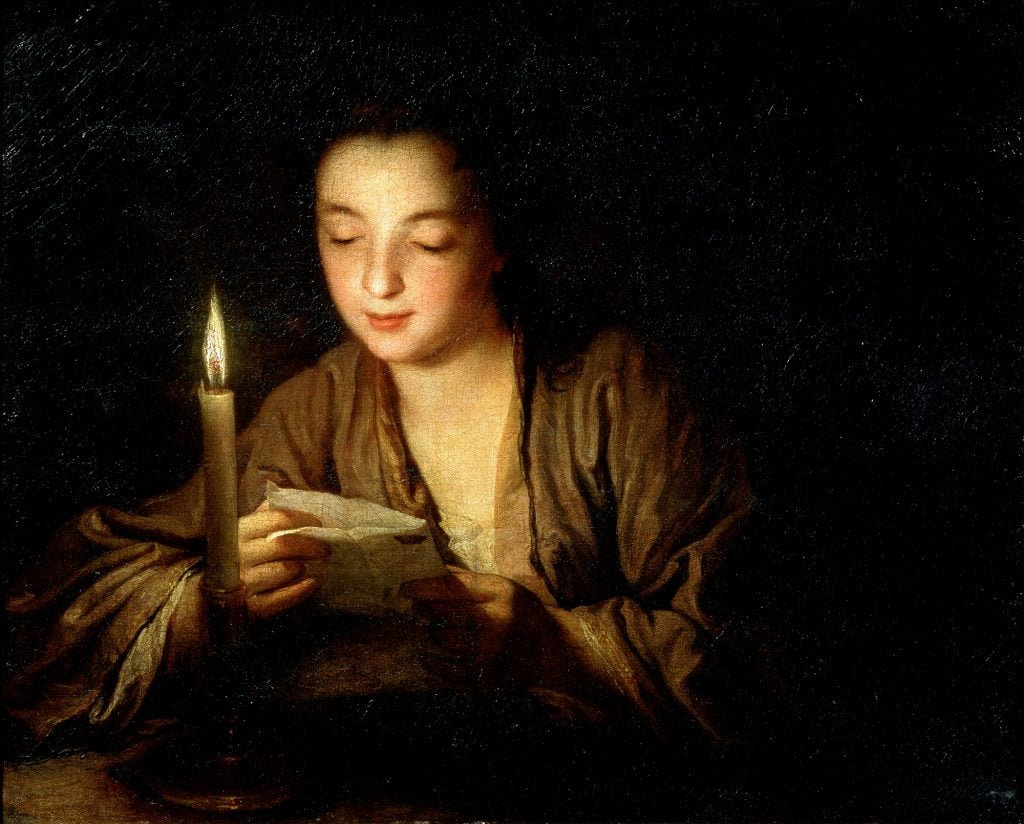
The holiday season presents the perfect opportunity to catch up on your art reading. So if our first holiday reading list did not whet your appetite for the written word, try these 7 more book recommendations out for size. Happy reading!
Tamara de Lempicka, edited by Gioia Mori and Furio Rinaldi
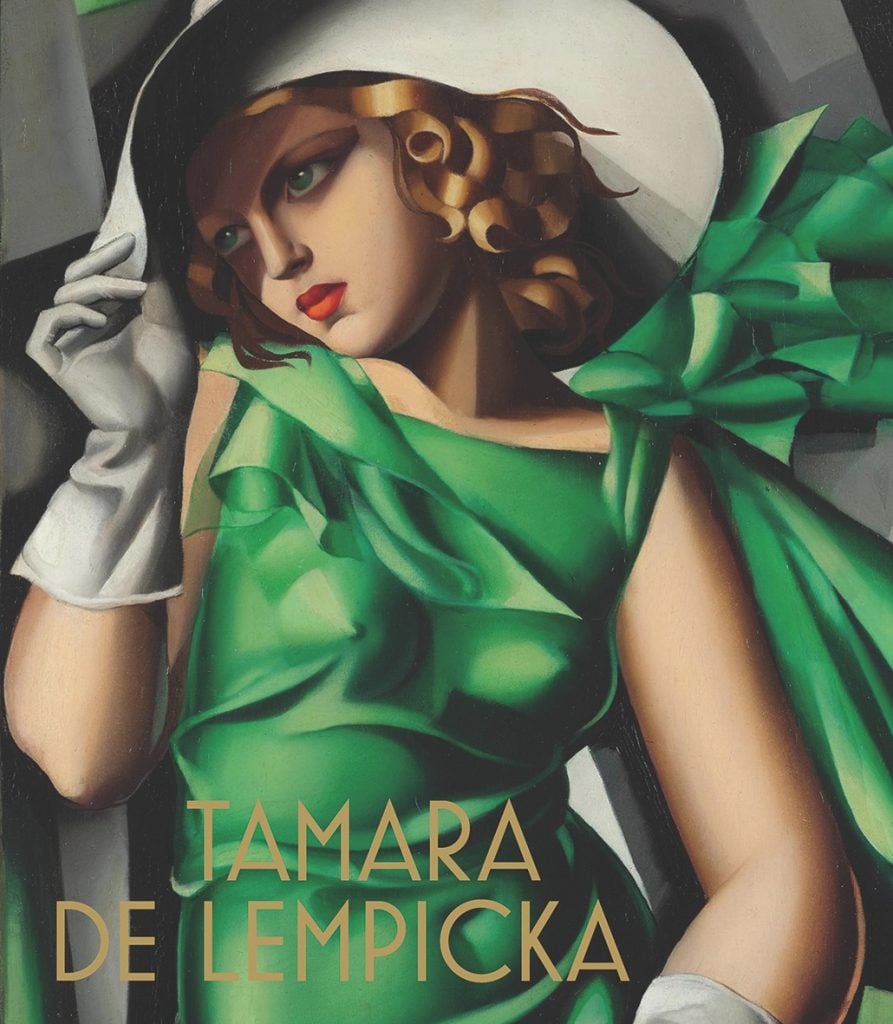
Tamara de Lempicka, edited by Gioia Mori and Furio Rinaldi. Courtesy Yale University Press London.
It has been more than four decades since Tamara de Lempicka (1894-1980) died but the Art Deco star continues to make headlines to this date. This year we have seen the drama revolving around the abrupt end of the Broadway musical on her life, stories about her artistic trajectory, and the long awaited opening of her first major retrospective in North America at De Young Museum in San Francisco. If you are a fan of the iconic Polish artist, it feels incomplete to bid farewell to 2024 without this gorgeous book retracing the her footsteps and her art. This eponymous book published this autumn to accompany the De Young Museum exhibition and next year’s show at the Museum of Fine Arts in Houston (March 9 to May 26) is a retrospective of the artist that you can take home with. The book features images of artworks, references, and words by not just art specialists but also Barbra Streisand, who explains her love for the artist’s works and regrets of selling them too early, and Françoise Gilot, who recounts her memories of the artist’s “striking” beauty and her paintings. This is one great title to keep or to gift this season. — Vivienne Chow
Final Cut by Charles Burns
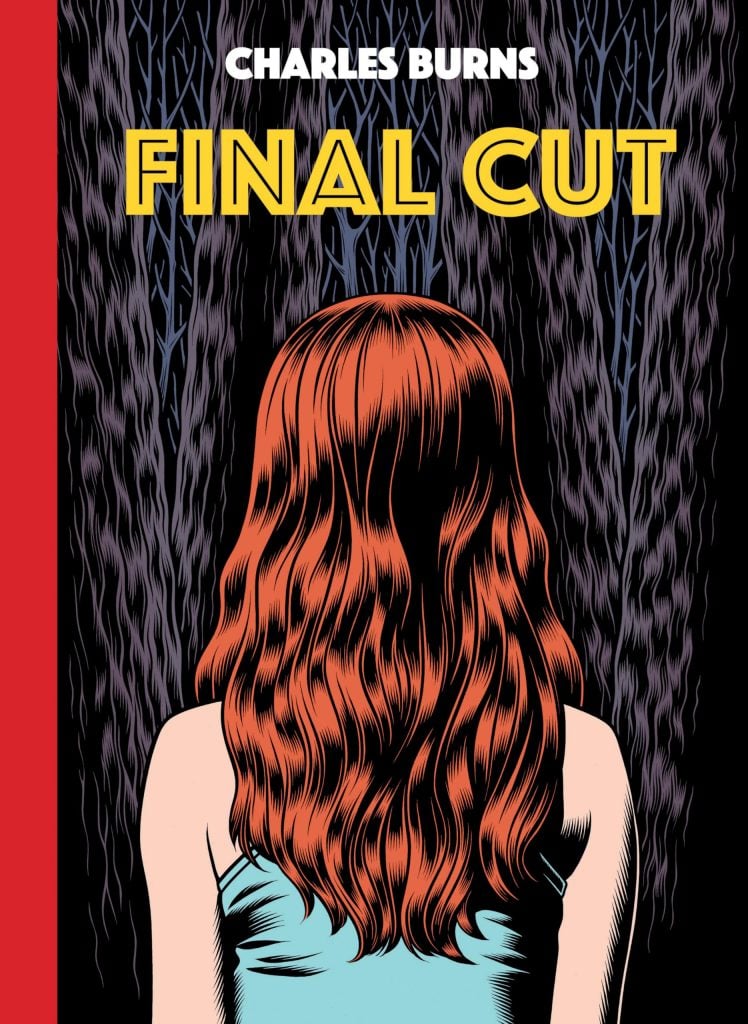
Charles Burns, Final Cut (2024). Photo courtesy of Fantagraphics.
The master of unease, Burns returns with a graphic novel that once more taps the supernatural, this time at the confluence of art, horror, and DIY filmmaking. Final Cut follows Brian, a reserved young man attempting to commit his drawings of alien life and landscapes to film. He recruits a group of friends, including his crush, the red-headed Laurie, for a spot of filmmaking at a cabin in the woods—only for things to take a surreal turn. There, his feelings for Laurie culminate in fevered visions and a betrayal, as Brian’s art and reality increasingly (and heartbreakingly) blur together. It’s a beautifully drawn tribute to amateur cinema and B-movies, as much as a poignant bottling of adolescent angst and desire. —Min Chen
Didion and Babitz by Lili Anolik
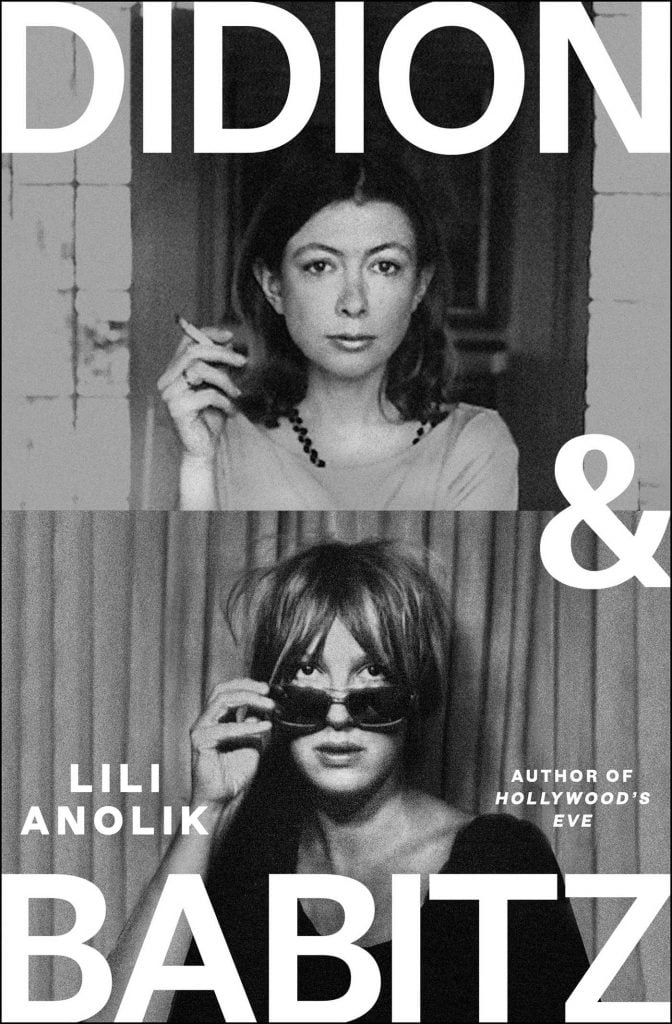
Lili Anolik, Didion & Babitz (2024). Photo courtesy of Simon and Schuster.
Anolik, who wrote Hollywood’s Eve: Eve Babitz and the Secret History of L.A., returns to her beguiling subject in this dual biography of two writers who were drawn together by geography and circumstance. The admittedly slight book is based on letters recently unearthed upon Babitz’s death in 2021 and built in part on speculation. It’s gossip; yet, in it a reader could tease out the pair’s barbed views of each other. Case in point: Babitz’s 1972 letter to Didion which confrontingly asked, “Could you write what you write if you weren’t so tiny, Joan?” But while recounting their clashes (see: Didion’s futile attempt to edit Babitz’s 1974 book Eve’s Hollywood), Anolik also surfaces what conjoined them. “What if the competition was actually a cooperation,” she wonders, “Joan and Eve writing L.A. together?” —Min Chen
Magic Art by André Breton
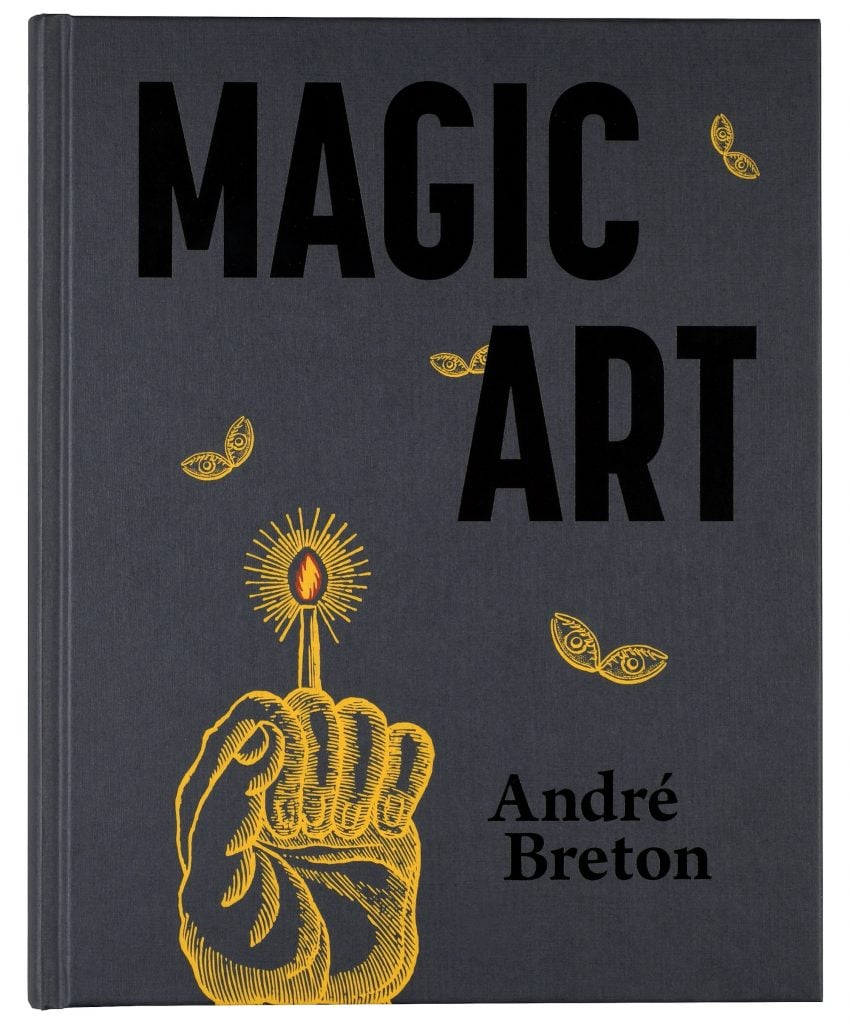
Magic Art by André Breton. Image courtesy FULGUR PRESS MMXXIV.
It’s fitting that this long-stalled project was published in a year marketing the centenary of Surrealism. In 1957, Breton was commissioned by a French publisher to create L’Art magique. However, the book received little attention from either general readers or scholars and the author was unhappy with the way his material had been presented by the publisher.
This edition marks a newly restored book as well as the first-ever English translation, drawn from notes in his archive and incorporating over 300 new citations, images and sources from his library. The book also features an inquiry in which Breton posed the question ‘what is magic art?’ to influential figures like Georges Bataille, Leonora Carrington, Claude Lévi-Strauss, Heidegger and others. —Eileen Kinsella
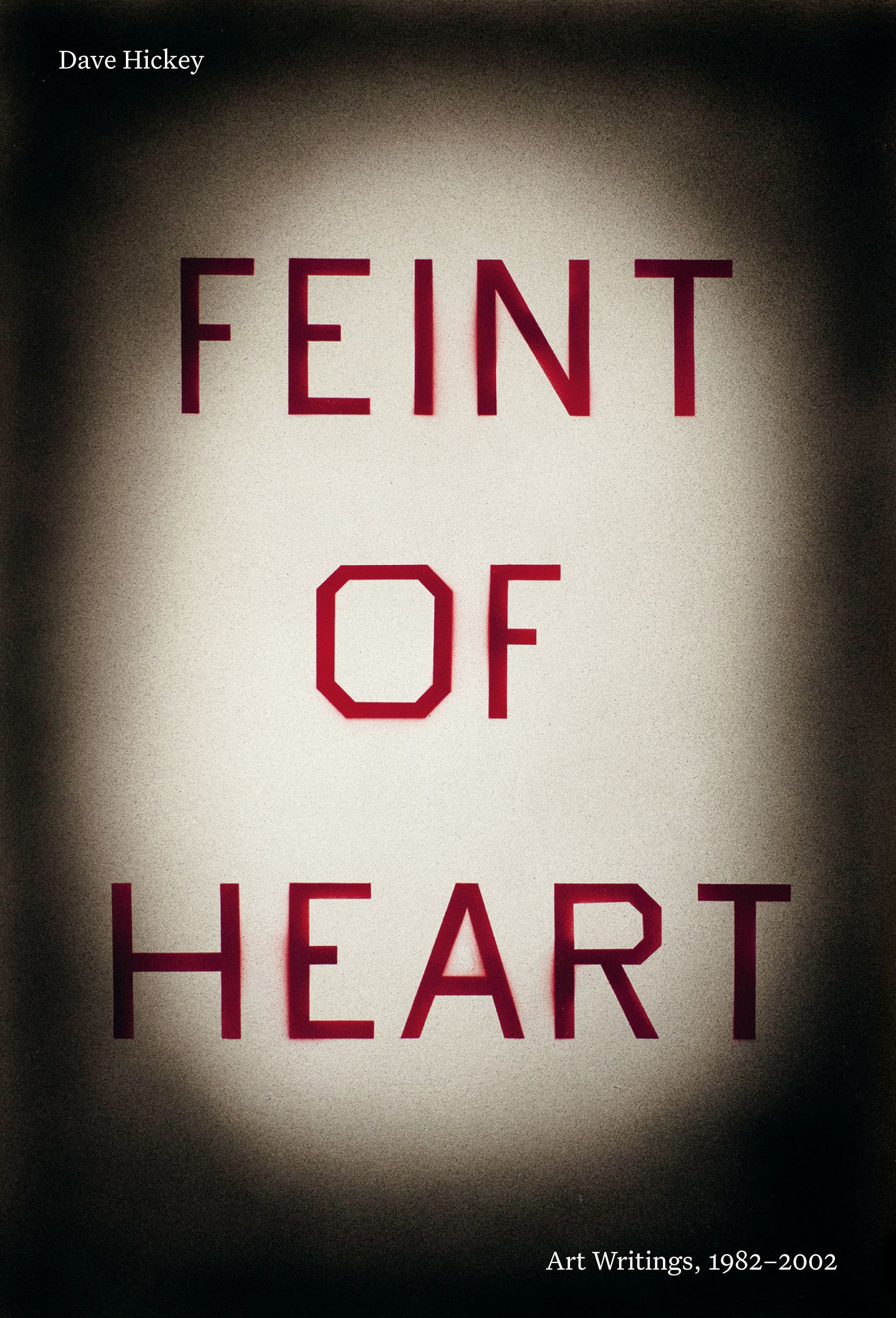
Courtesy David Zwirner Books
Feint of Heart: Art Writings, 1982-2002 by Dave Hickey
The art critic Dave Hickey, who died in 2021 at 80, published two classics. In Air Guitar (1997), he is lucid and elegant, draining one three-pointer after another, discussing Chet Baker, zone defense, and yes, contemporary art, with nuance and élan. In The Invisible Dragon (1993), he is tougher but no less polished, driving to the basket and dunking over opponents as he lays out his case for beauty. Feint of Heart, a new compilation from David Zwirner Books edited by Jarrett Earnest, has him in a looser mode, like a pro taking part in pickup games, playing around a bit, experimenting, in some 20 essays on individual artists from 1988 to 2002. Hickey sits at a video poker machine at the Las Vegas airport as he thinks about Robert Gober, strolls an Andy Warhol retrospective with John Baldessari, and cruises SoHo galleries with Richard Serra. In that astonishing, sprawling essay about Gober, he proposes that artists and art writers share the same general approach to life: “They seek out anxiety and equate it with vertiginous consciousness.” He made that look easy. It is not. —Andrew Russeth
Svetlana Alpers: Is Art History?
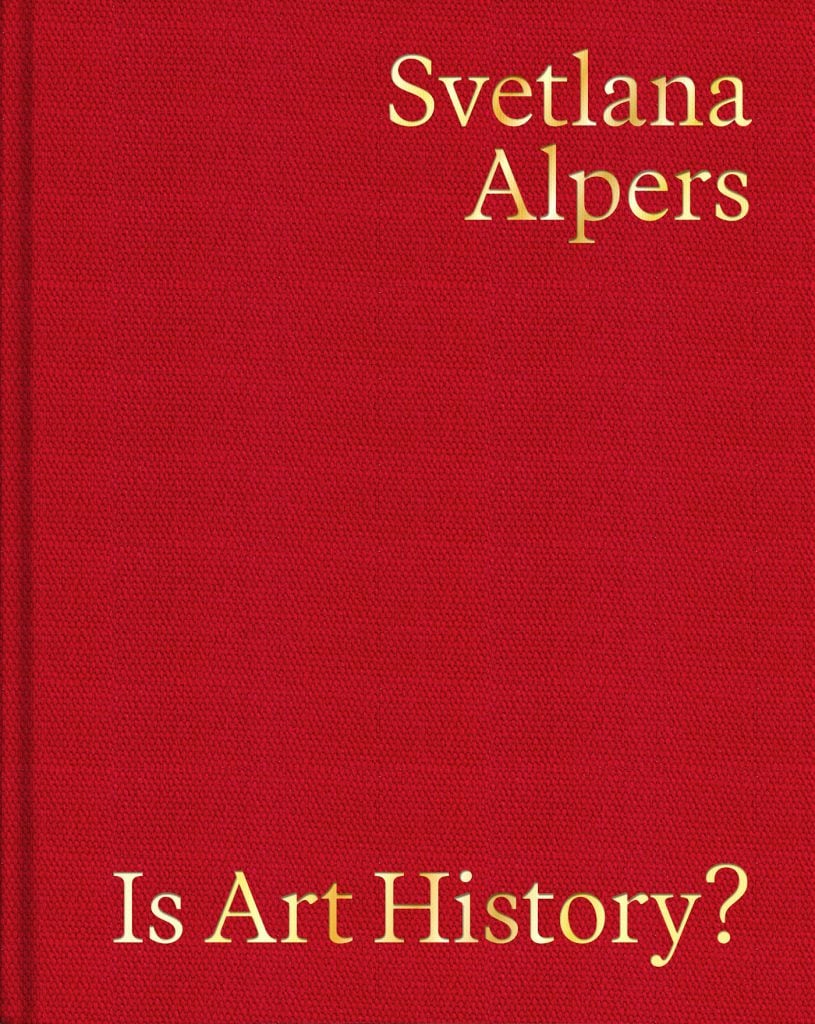
Svetlana Alpers, Is Art History. Image courtesy Hunters Point Press.
This book by renowned historian Svetlana Alpers spans six decades and brings together seminal works including her essays on: Vasari (1960), “Is Art History?” (1970), “Style is What You Make It” (1979), and “Art History and Its Exclusions” (1982); and two influential but never before published lectures and other unpublished public presentations. It also includes new prefatory notes written by the author for this occasion, as well as an introduction by her former student, scholar-critic Richard Meyer. —Eileen Kinsella
Biennale Arte 2024: Foreigners Everywhere

Bienniale Arte 2024: Foreigners Everywhere. Image courtesy Biennale di Venezia and Silvana Editoriale.
This massive catalog is printed in two volumes, and celebrates the 60th Venice Biennale, which was curated by Adriano Pedrosa, artistic director of the Museu de Arte de São Paulo, around the theme of “Foreigners Everywhere.”
The name was taken from series of 2004 artworks created by the collective Claire Fontaine. As Pedrosa explains the term it’s meant as: “a celebration of the foreign, the distant, the outsider, the queer as well as the Indigenous.” The catalogue follows the exhibition route through the Giardini and the Arsenale. It also presents the other projects on display in various locations around the city of Venice and at Forte Marghera in Mestre. —Eileen Kinsella
Family Romance: John Singer Sargent and the Wertheimers by Jean Strouse
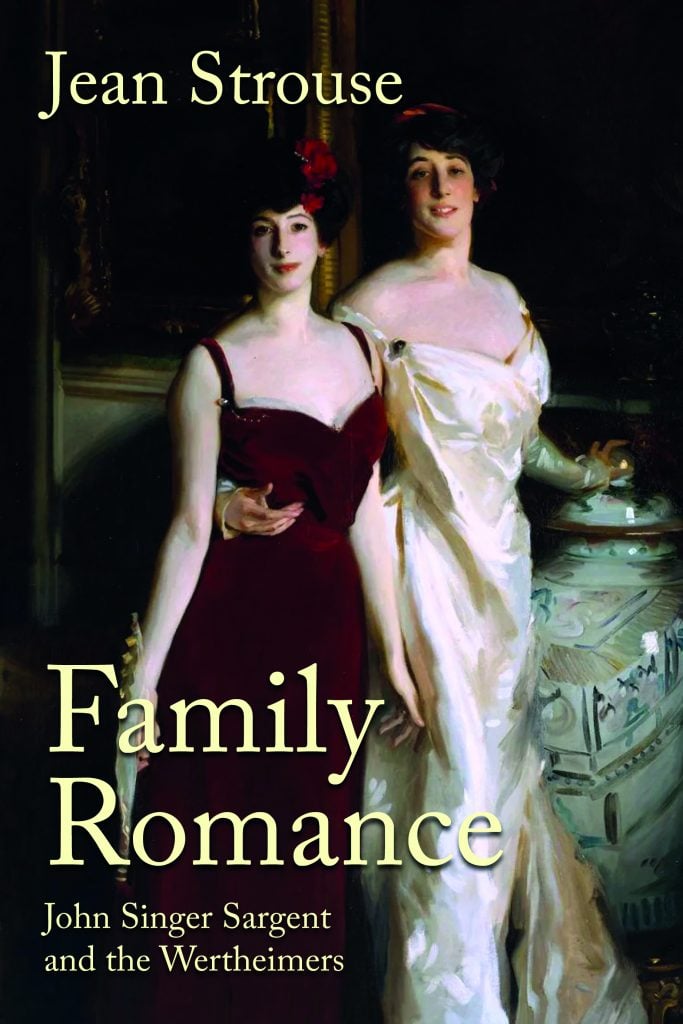
Book cover for Family Romance: John Singer Sargent and the Wertheimers by Jean Strouse, published by Macmillan and Manchester University Press. Image courtesy of Manchester University Press.
Behind all the glitz and glamor, Sargent’s many high society subjects were real people. Jean Strouse is the latest biographer to lift the curtain on some of the faces that are still admired on gallery walls well over a century after they were immortalized by the great American painter’s brush. She has chosen as her subject the twelve portraits commissioned by London art dealer Asher Wertheimer of himself, his wife and their many children. In recounting each sitter’s story, Strouse reveals both charming details and terrible tragedies.
The book is particularly interesting for its examination of the ways in which portraiture was used to establish an identity for this upper-middle class Jewish family of German descent that had only one generation previously settled in England. It also plants the reader in the midst of the dramas of the Edwardian art trade, in which we can spot the very beginnings of the modern art market we know today. Names like Monet, Picasso, Rodin, and Daniel Kahnweiler all make a guest appearance. –Jo Lawson-Tancred




